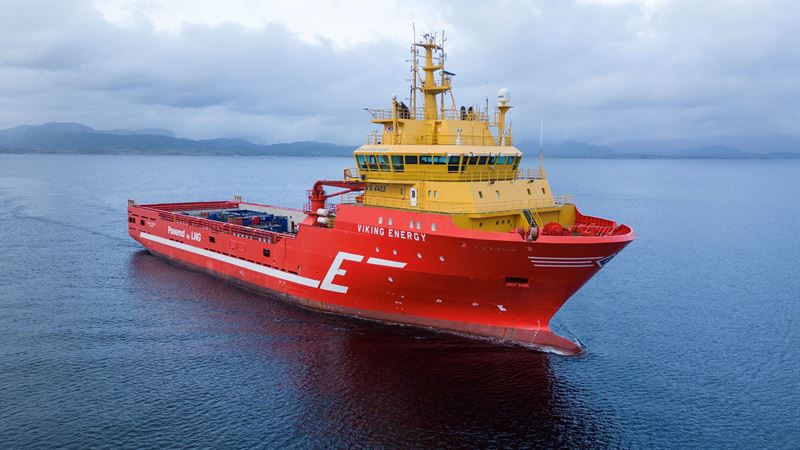Equinor’s announcement of the conversion of the Viking Energy supply vessel to ammonia operation, set to be completed by 2026, marks a significant moment in maritime fuel technology.
The Viking Energy is positioned to become the world’s first supply vessel powered by ammonia, a milestone for both Equinor and the shipping industry. While ammonia is increasingly recognized as a promising alternative fuel, critical questions remain about its practicality and scalability.
Despite ammonia’s lower carbon footprint compared to conventional marine fuels, it poses significant challenges in terms of storage, handling, and safety. The project’s success will depend on how well these issues are managed, but so far, these critical details are overshadowed by celebratory rhetoric.
Equinor and its partners, Wärtsilä and Eidesvik Offshore, have secured five million euros in support from the EU Horizon Europe program for this conversion. While this funding underscores the European Union’s commitment to decarbonization, it also highlights the financial dependencies involved in such innovative projects.
The reliance on external funding raises questions about the economic viability of ammonia-powered vessels in the absence of such support. Can these technologies scale without ongoing subsidies, or are they sustainable only within the confines of government-backed initiatives?
